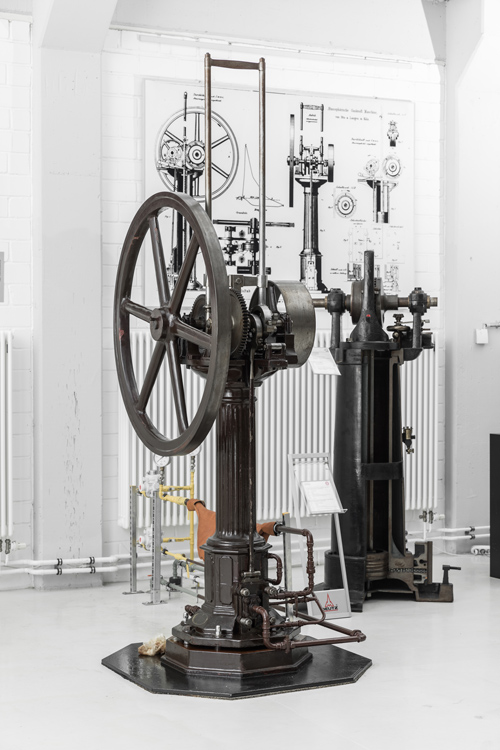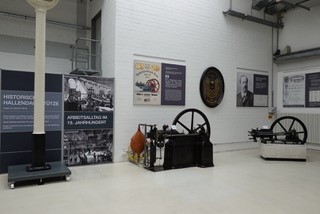
DEUTZ’s skill in developing the world’s best engines has a long and proud history.
Our founders created the first functional combustion engine produced in large quantities back in the 1860s. And it still works!

The historic engine was inspired by a two-stroke luminous gas engine Etienne Lenoir built in 1860. Several years later, Nicolaus August Otto and Eugen Langen developed the atmospheric gas engine.
It was presented at the Paris World Exhibition in 1867 and won the Golden Medal – the highest award – as the most economical drive engine for small businesses.
The exhibition engine, dubbed DEUTZ AG Engine No.1, was used as a drive for machines producing astronomical instruments and became a global best seller.
Eugen Langen bought the engine back in 1875 and laid the foundations for today’s DEUTZ AG Engine Museum collection in Cologne.
It still works and requires little maintenance apart from lubricating oil, the right combustion gas, and a professional start.
After a COVID-19 hiatus, the Engine Museum was due to reopen on 10 June. This timely event coincided with our search for the oldest DEUTZ engine in Australia and New Zealand.
So far, several have been uncovered from the 1920s.
The Cologne Engine Museum is run by Helmut Müller, who has worked for DEUTZ for almost 60 years, the last 13 voluntarily. Helmut regularly operates the old engine.
“DEUTZ is the nucleus of world motorisation,” he says. “Famous names such as Otto, Langen, Daimler and Maybach shaped a company over the past almost 160 years that is still innovative today.

“In this environment, it is a pleasure to explain history and technology.”
After inventing the atmospheric gas engine, in 1876 Nicolaus August Otto unveiled his most important invention: the four-stroke gasoline engine.
This opened the way to global mobility and today, more than 1.3 billion four-stroke engines (gasoline and diesel) are in use.
All four-stroke engines still have the same basic components as in 1876: cylinder tube, piston, connecting rod, crankshaft, flywheel, and camshaft.
It just goes to show that DEUTZ creates and preserves history.
Read more about the museum here.
The Engine Museum reopening was part of an Association of German Engineers (VDI) Night of Technology event that saw Cologne industrial companies open their doors to external visitors.


